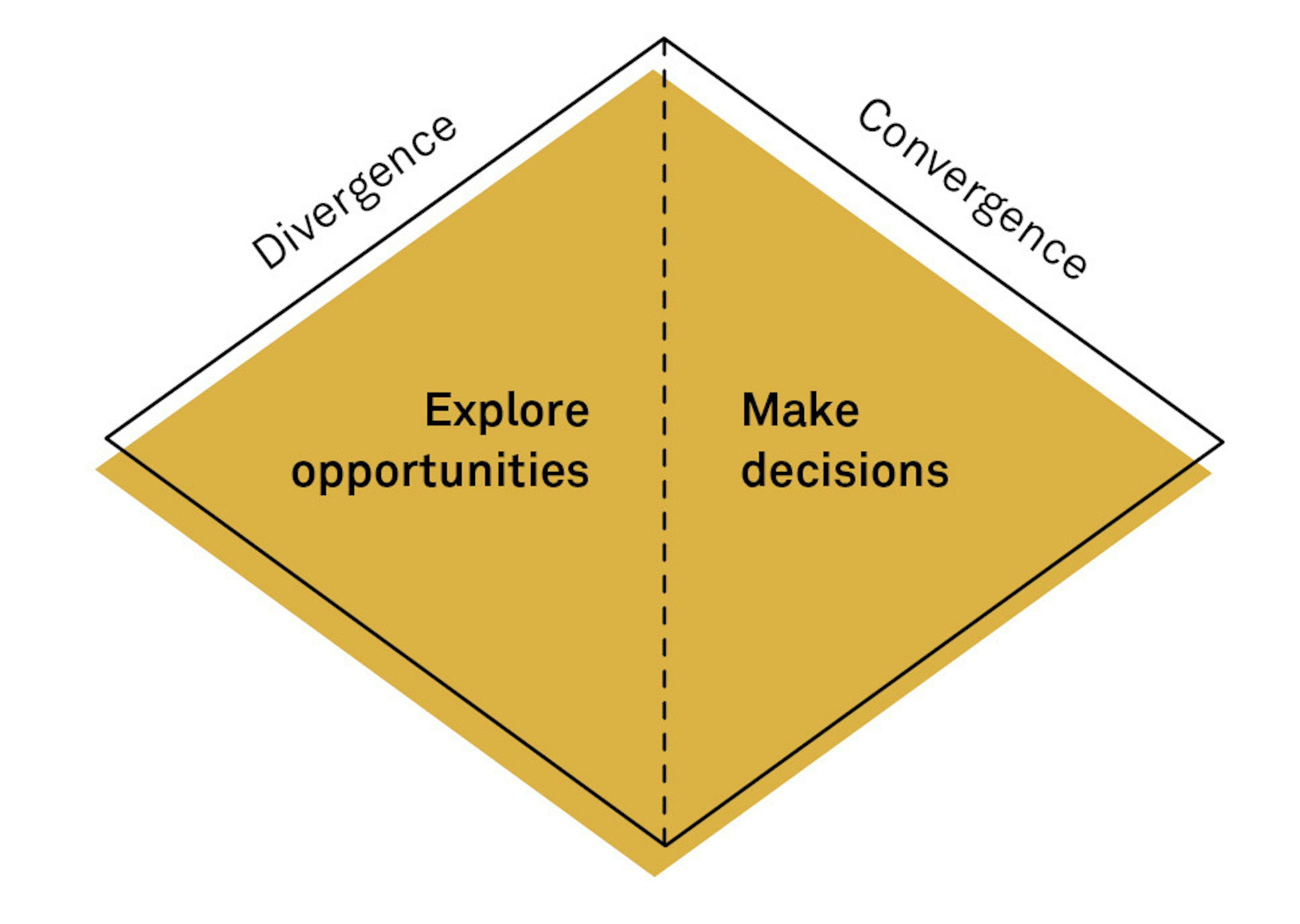Use innovation tools to accelerate your pursuit of sustainability
29 January 2020
Design Thinking and the Lean start-up approach are effective innovation tools whenever you need a new, effective solution, which can be implemented at speed. They are relevant to your core business but even more useful in your pursuit of sustainability and reduction of your climate footprint.
Why “green innovation”?
Innovation in its broadest sense – products, processes, delivery models etc. – is anchored in your core activities. And unless you are a greentech company, those activities are not about sustainability or carbon footprint reduction.
However, the climate agenda is likely to require new innovations. This can stem from your proactive, strategy-driven implementation – you need innovation to meet your own sustainability targets – or it can be reactive, driven by customer demand, regulation, tax incentives or similar. In either case, you need to come up with a new solution and implement it. Green innovation will help you address the issue with speed and precision and help you implement the solution at speed.
Frame the issue
The solid foundation for innovation is a precise question. And with fuzzy questions (questions which are difficult to frame), experienced innovators will spend even more time on understanding the issue before they get cracking on a solution.
Climate issues are particularly tricky to frame because of a toxic cocktail of complications:
- The technicalities of climate issues are complex. What looks like a plausible solution may not work because of “carbon leakage”, lack of standards, counterproductive tax incentives or other technical or regulatory phenomena.
- There are many opinions about climate issues and a vivid public debate. Although this is great for the public debate, even the most diligent analysts will be biased and risk focusing on obvious rather than fundamental questions.
- Defossilisation of the economy is unpredictable. The speed of the transformation as well as the technological change can only be guessed at.
Understanding the true nature of the problem – and of the opportunities – is key to green innovation. To be successful, make sure that you have access to solid expertise as well as great explorers in your innovation team.
Apply proven innovation tools
The Design Thinking method is a proven way to accelerate innovation. In a structured process, we combine in-house and external expertise, explore and frame the question to be answered, generate innovative ideas and qualify them through rapid prototyping and testing.
Central to the Design Thinking method is a series of workshops with a defined structure. On the one hand, the process ensures the generation of a large number of ideas, while on the other hand it ensures that ideas are selected, made concrete and are qualified within a limited time frame.
The Design Thinking process deliberately switches the brain between divergent and convergent thinking. Divergent thinking enables us to open up, challenging our assumptions and imagining new options.
Convergent thinking helps us to narrow down, validating our ideas and making strategic and sustainable decisions. The application of a structured innovation process allows us to remove biases and open up to new ideas, but it also accelerates the selection of useful and applicable ideas.
Balancing intuitive and analytical thinking
The transformation to a low-carbon economy will be radical but unpredictable. Since you cannot predict the future, your safest bet is to design the parts of it which you can actually influence. This requires balancing both analytical and intuitive methods. The Design Thinking toolbox combines best practices from both worlds.
Use insights from start-ups to accelerate implementation and learning
Start-ups innovate at a much faster pace than mature businesses. However, in the search of sustainability, few organisations have the luxury of relying on thorough, but lengthy, innovation and implementation processes.
The accelerated learnings of the Lean start-up approach will help you develop and implement new components (products, processes, services, partnerships etc.) that you may need to get your climate strategy on track. This process implies the following:
- Identify what must be true in order for the solution to succeed, e.g. “the solution will reduce emissions by 80% within 5 years”.
- Prototype by building a small-scale version of the solution to create an experiment. Test the assumptions as quickly and inexpensively as possible in order to gain quick learning about the solution’s potential.
- Think like a scientist. Be systematic and treat each experiment as an opportunity to learn what’s working and what’s not.
- Based on the learnings, make a decision on whether to make a change to the strategy (pivot) or stay the course (persevere).
Create a safe space for experimentation
The use of Design Thinking and prototyping may be alien to the way your organisation usually innovates.
Consider whether implementation of your climate strategy requires a different pace than your core innovation and should be run as a series of accelerated sprints rather than following a process model most likely designed for a different purpose and a more stable environment.






